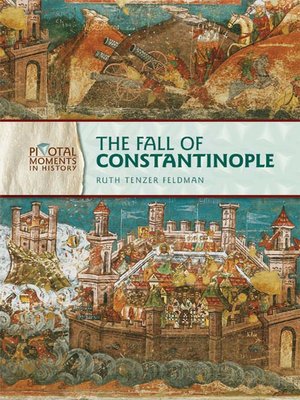
Sign up to save your library
With an OverDrive account, you can save your favorite libraries for at-a-glance information about availability. Find out more about OverDrive accounts.
Find this title in Libby, the library reading app by OverDrive.



Search for a digital library with this title
Title found at these libraries:
| Loading... |
How did the loss of one city change the history of Europe? In the Middle Ages, Constantinople's perfect geographic location—positioned along a land trade route between Europe and Asia as well as on a strategic seaway from the Black Sea to the Mediterranean— made the city extremely desirous, and as a result, prone to attack. Under the control of the Roman and Byzantine Empires, Constantinople became known as "the Eye of the World," a center of government, trade, art, religion, and learning, and was even more desirous. Rulers built three sets of walls to protect Constantinople from attacks by Asiatic tribes. But the city's fall to the Turkish Ottomans in 1453 marked the official end of the Byzantine Empire—and the end of the Middle Ages. Learn how the fall of Constantinople became one of history's most pivotal moments.






